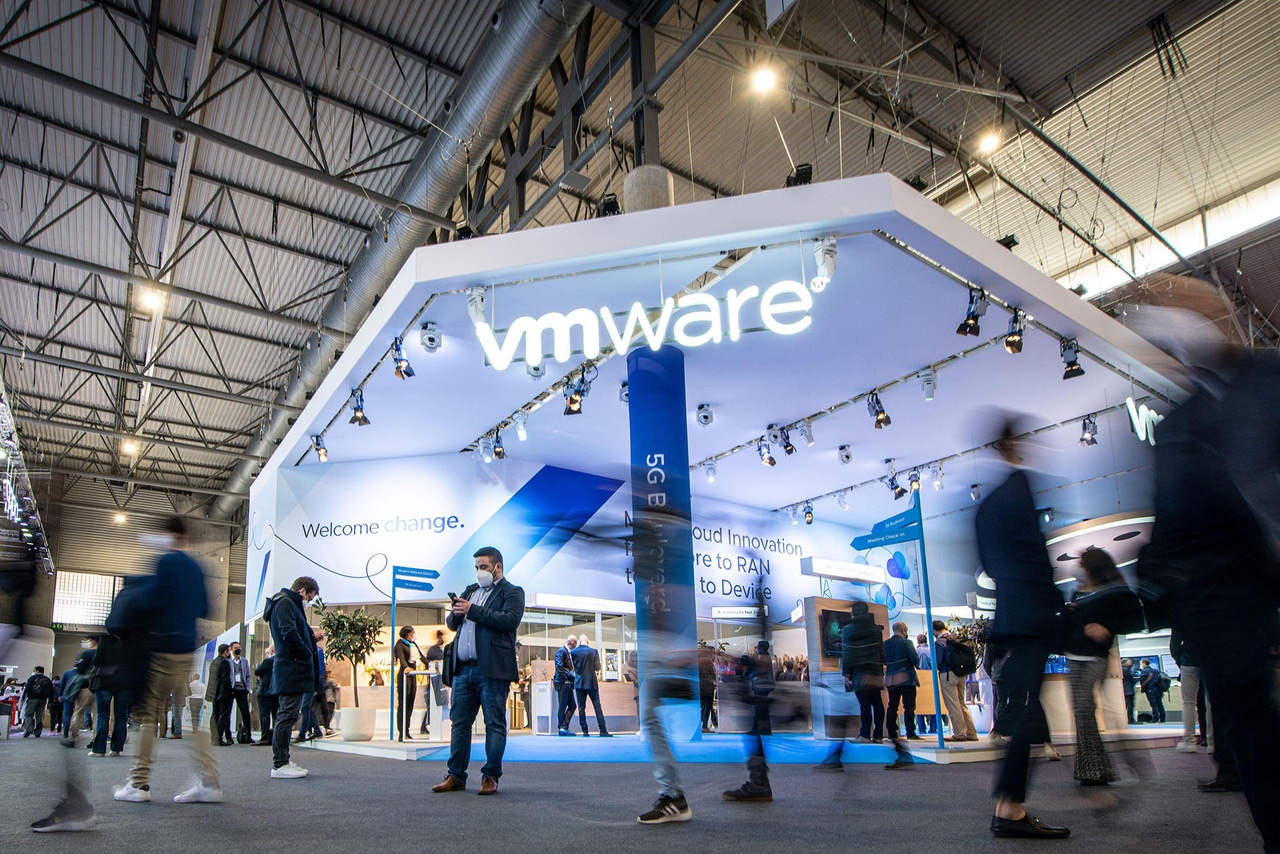
Insight and analysis on the data center space from industry thought leaders.
VMware's Pivot to Subscriptions: Innovation or Disruption for Customers?VMware's Pivot to Subscriptions: Innovation or Disruption for Customers?
Moving to a subscription model will fundamentally change how customers access and finance VMware solutions.
March 5, 2024

Broadcom's acquisition of VMware sent ripples through the enterprise software market, with many in the industry anticipating that this change in ownership would kickstart significant operational and strategic transformations throughout the business.
They were right. The company recently announced that VMware would move from perpetual licenses to a subscription model. This change, while ostensibly aimed at fostering innovation and delivering value, has unearthed a series of challenges and considerations for VMware's extensive network of customers, partners, and the broader technology community.
While the company frames this decision as a strategic initiative aimed at "better serving customers with continuous innovation, faster time to value, and predictable investments," there can be no doubt that moving to a subscription model means a fundamental change in how customers will access and finance VMware solutions.
Moreover, this acquisition and subsequent operational shifts come at a time when our industry is already grappling with broader issues such as digital transformation, cloud migration, and the increasing demand for flexible and scalable software solutions.
Arguably, the move to discontinue perpetual licenses in favor of a subscription model is a response to these trends. But this transition also introduces complexities related to cost predictability, customer autonomy, and the strategic alignment of technology roadmaps.
So, if you believed that VMware’s transition to a subscription-based model was solely about pricing and plans, think again. These shifts provide a window into the future of enterprise software consumption, highlighting the impact on the operational agility and strategic independence of businesses reliant on VMware's solutions. Let's unpack this some more:
The Implications of Transitioning to Subscription Models
My interest in unraveling the layers of this transition is in the context of what it signifies for VMware support mechanisms moving forward – and the tangible impact on customers.
Yes, the shift from perpetual licensing to subscriptions is a change in billing practices, but it’s also a change in the relationship between a vendor and its customers. And this change has potentially profound implications for how VMWare’s technology is consumed, managed, and valued.
Broadcom's new subscription strategy, described by some as draconian, leaves customers navigating a maze of new constraints.
For customers with existing VMware contracts, the status quo remains an option until the end of their current term, typically spanning one to three years. After this period, customers with no need for additional licenses could theoretically drop support and forgo signing a subscription contract, provided they are willing to embrace the risks of unsupported software until a purchase necessitates the shift to subscription models.
What we see here is that customer flexibility is immediately restricted, and some customers might decide that they do not want to assume VMware’s new cost model. These customers will perhaps reevaluate their long-term technology strategies, pushing them towards alternatives like cloud services or different virtualization technologies. This is where competitor companies like Nutanix, Oracle, and AWS stand to gain.
The decision to potentially divest certain product categories from VMware further exacerbates this problem, hinting at a future where a unified VMware ecosystem could become a relic of the past. This fragmentation threatens to dilute the value proposition of a comprehensive, single-vendor solution, compelling customers to consider a patchwork of providers – and a patchwork of support contracts – to meet their needs.
Drawing Parallels: The Oracle Example
VMware is not the first business to overhaul its pricing structure and model – and it won’t be the last.
Last year, Oracle introduced a new Java SE Universal subscription, a departure from its traditional usage-based pricing. This new model, charging enterprises based on a per-employee metric, blindsided some customers who had diligently minimized their Java footprint, only to find their costs uncoupled from actual usage.
Oracle's move was emblematic of a larger trend in the software industry, where vendors are increasingly asserting control over customer environments through subscription models. The pricing, devoid of a perpetual, no-increase guarantee, introduces a layer of financial unpredictability for businesses.
This example demonstrates some of the broader implications of the shift towards subscription models. Like VMware's transition, Oracle's pricing overhaul underscores a critical concern for businesses everywhere: the erosion of control over their technology strategies and the increasing vulnerability to vendor-dictated terms and conditions.
Control, Costs, and the Customer Experience
What both the Broadcom and Oracle examples tell us is that we’re witnessing a broader industry shift towards business models that prioritize continuous revenue streams for vendors but introduce significant challenges for customers. These challenges range from increased costs and reduced flexibility to a forced alignment with vendor roadmaps, often at the expense of customer autonomy and strategic planning.
The fact that these challenges are often dressed up in the rhetoric of customer-centricity and innovation is particularly frustrating. If vendors really, truly wanted to demonstrate their value and commitment to their customers, they would do so by ensuring – without fail – that their customers can access innovative, up-to-date, and flexible product support offerings.
Comprehensive support and maintenance is a cornerstone of enterprise IT. But unfortunately, when vendors get caught up in visions of lucrative pricing restructuring and strategic enhancements, product support is often relegated to an afterthought. This jeopardizes security, compliance, and alignment with digital transformation objectives.
So, while we witness strategic realignments that place vendor priorities over customer needs, it is imperative for CTOs, CIOs, and other technology leaders to critically assess the long-term implications of these changes. Their budgets, along with their ability to remain agile, innovative, and strategically autonomous in an increasingly complex and vendor-dominated landscape, are on the line.
The Bigger Picture
The transition to subscription models, while positioned as an evolution towards greater efficiency and innovation, raises fundamental questions about the future of software consumption and the balance of power between vendors and their customers.
For CIOs and technology leaders, the imperative now is to navigate this new landscape with a critical eye, ensuring that the pursuit of innovation and value does not come at the expense of critical support, control, predictability, and alignment with broader business goals.
Our industry must continue to champion models that preserve customer agency, ensure fair and consistent pricing, and maintain a steadfast commitment to supporting the diverse and evolving needs of the global enterprise community.
By building an ecosystem that values partnership and transparency, we can ensure that the transformations of today do not become the strategic troubles of tomorrow.
Iain Saunderson is Chief Technology Officer at Spinnaker Support.
About the Author
You May Also Like







